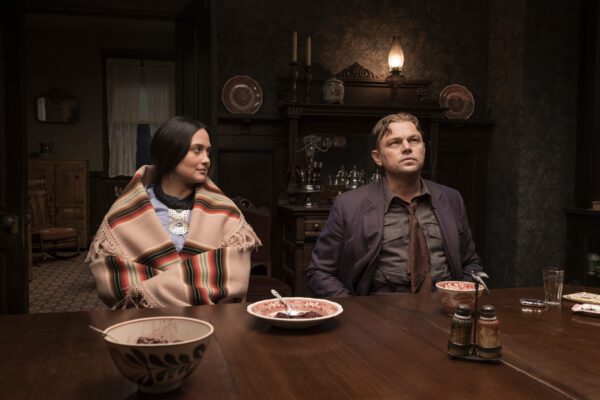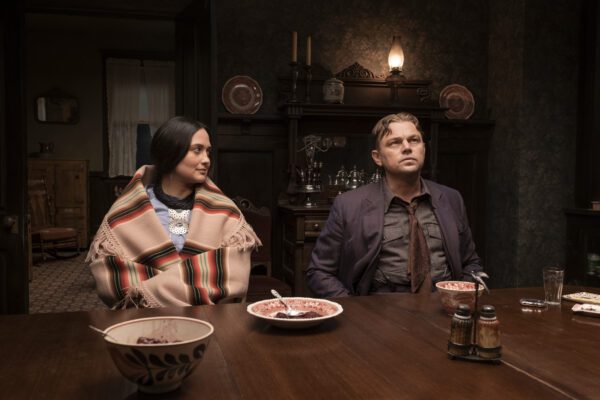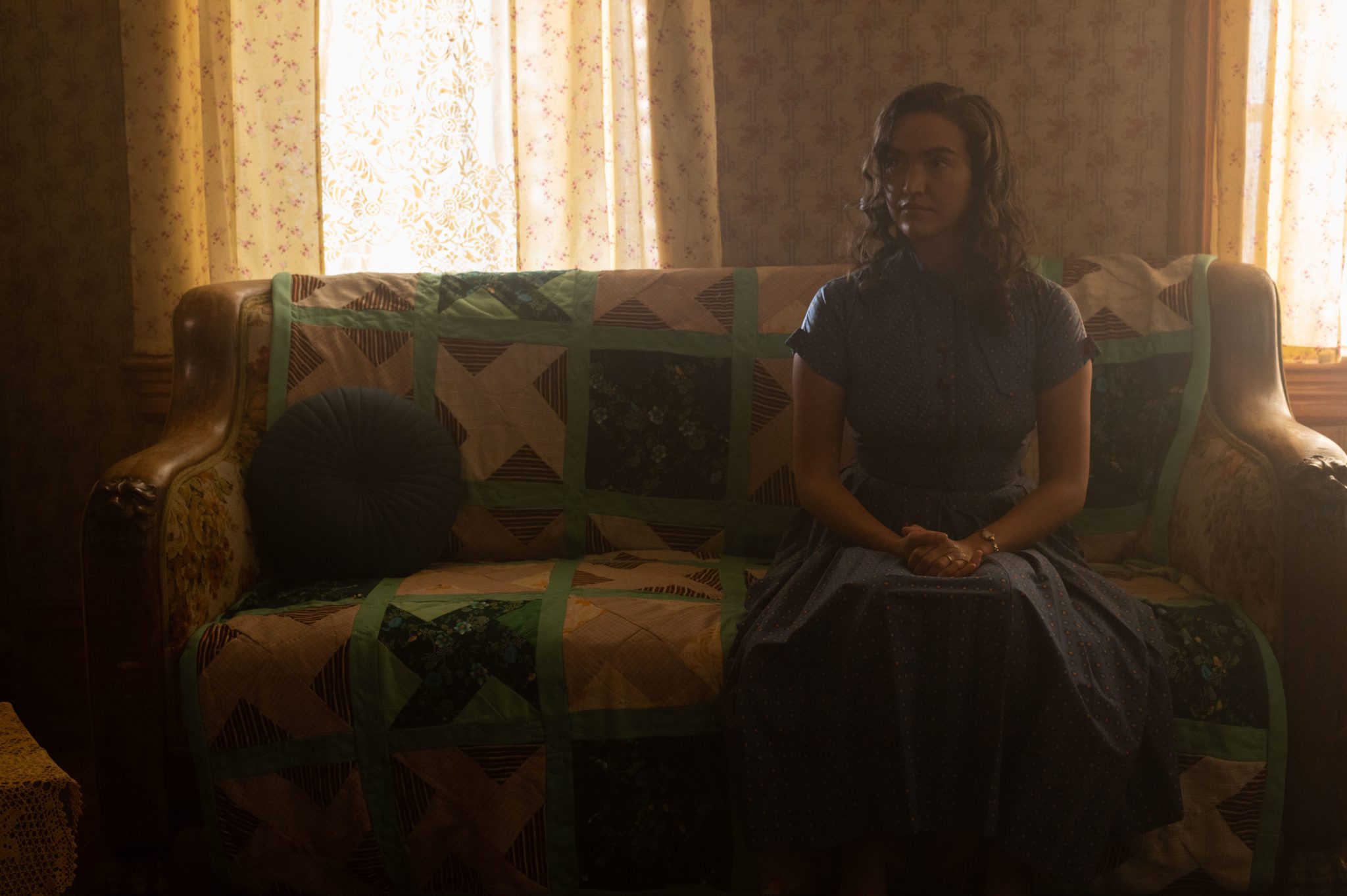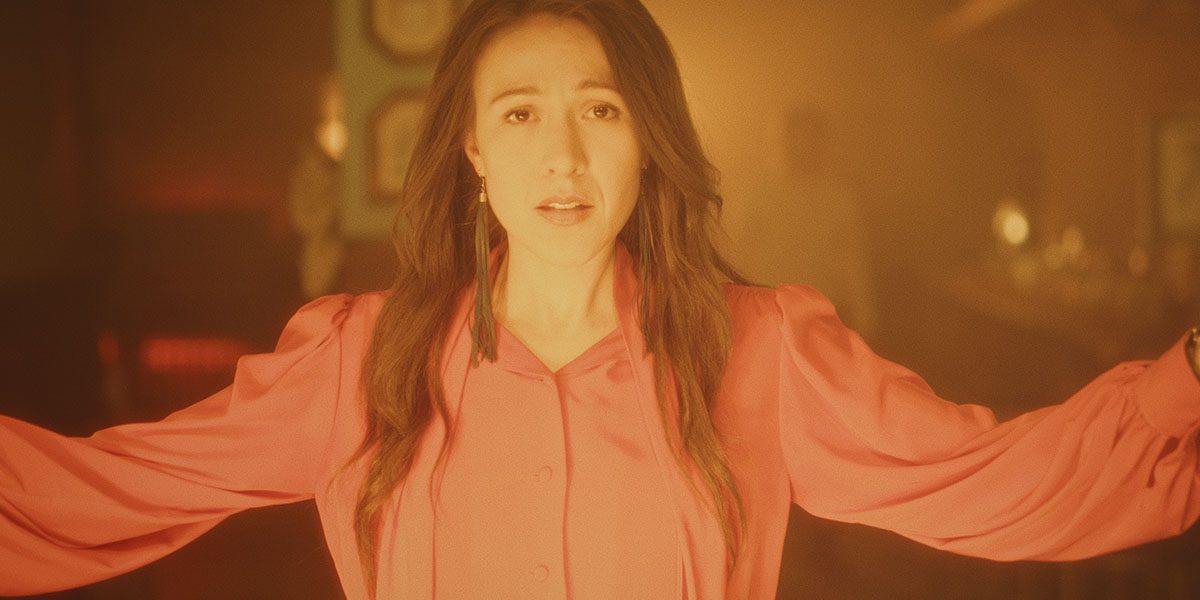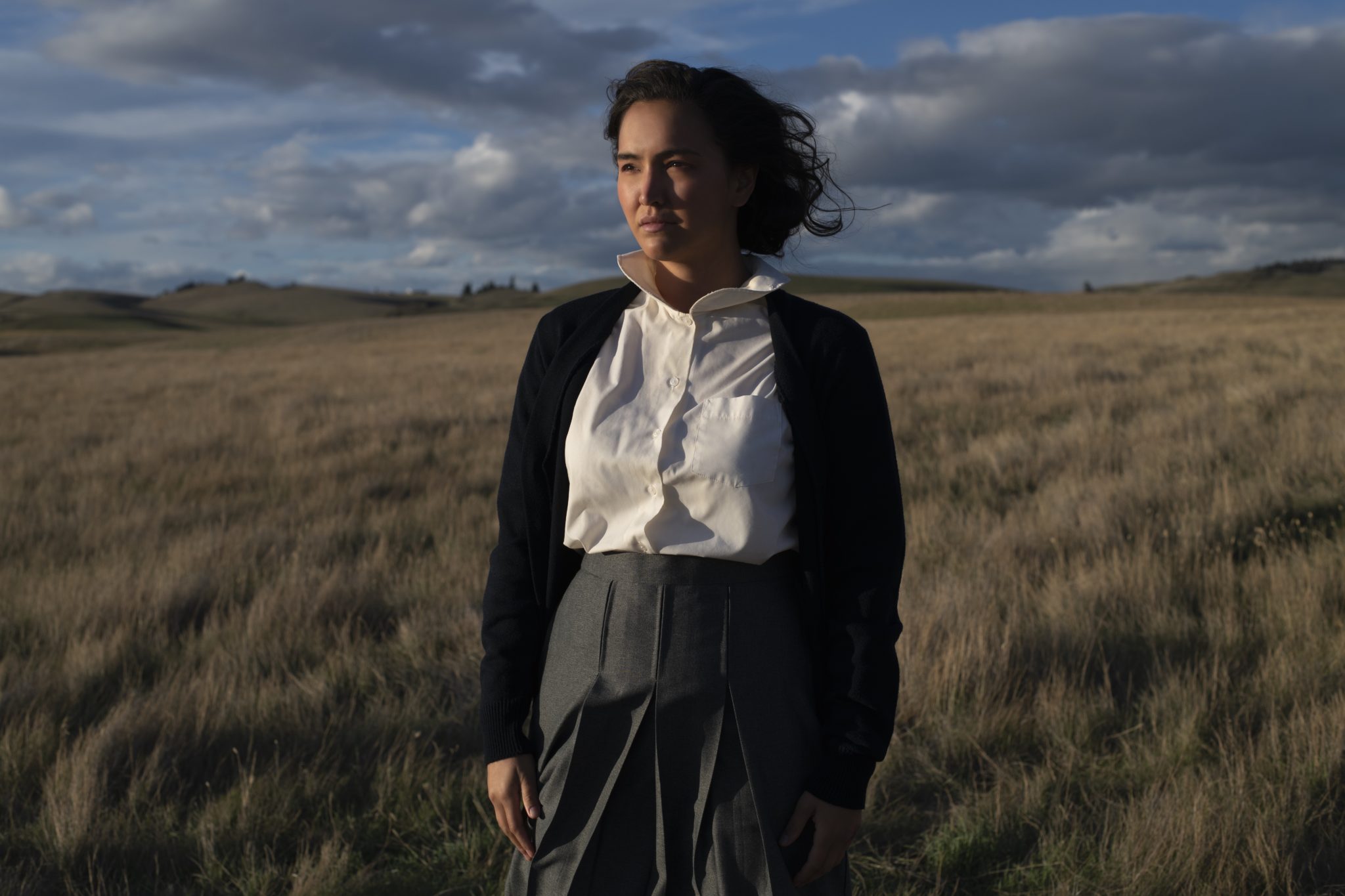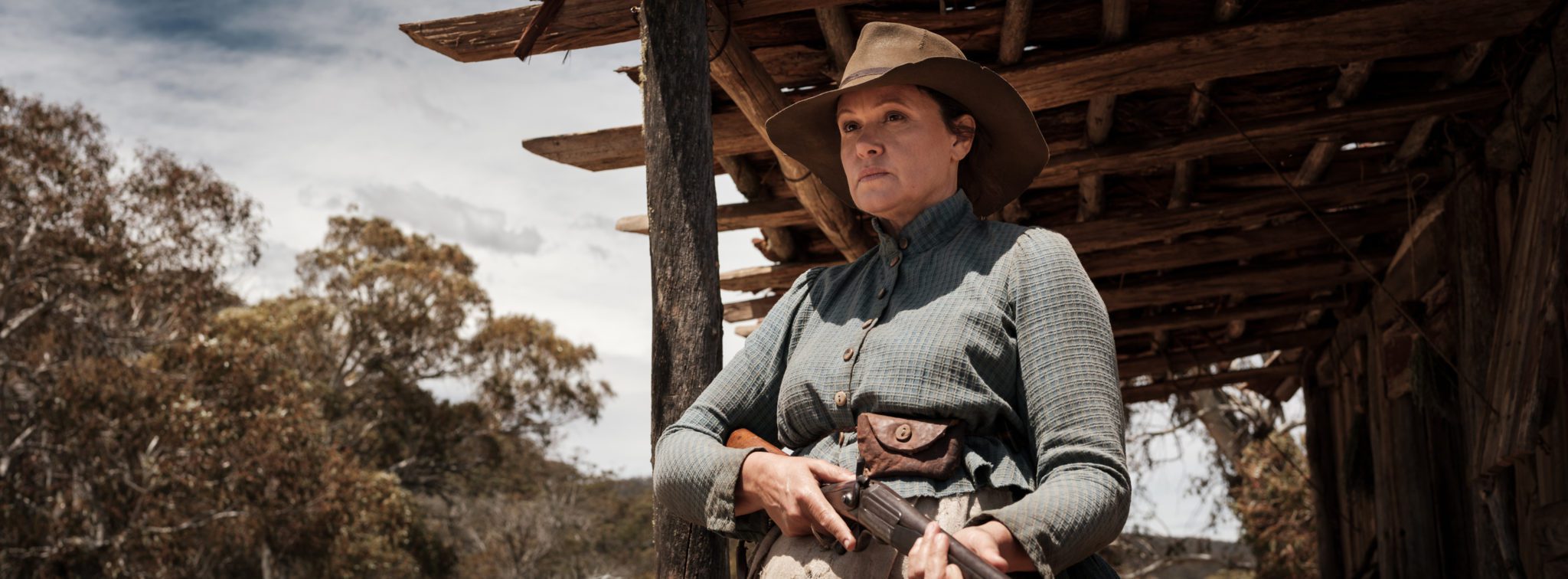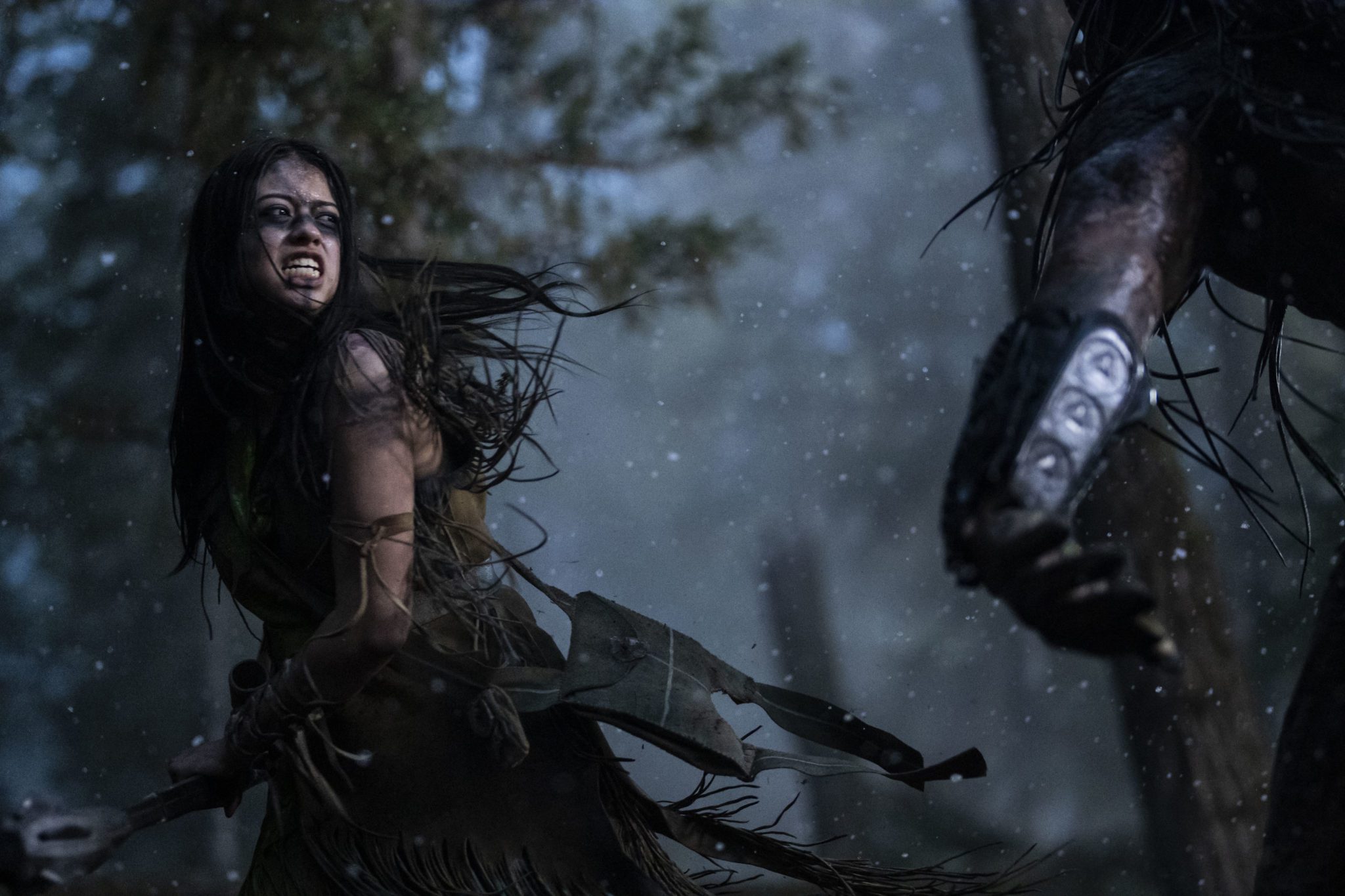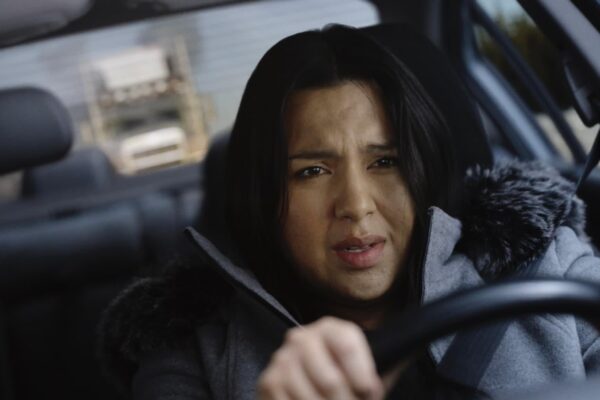
Cold Road: Searching for Safe Spaces in the Snow
Sometimes, the best of thrillers have the simplest premise. In Cold Road, Tracy (Rosanne Supernault) is an Indigenous woman who gets the call that her mother is near death. Out of concern for her family, she and her dog immediately get in the car and head north on the frozen remote highway home. Along the way,…

